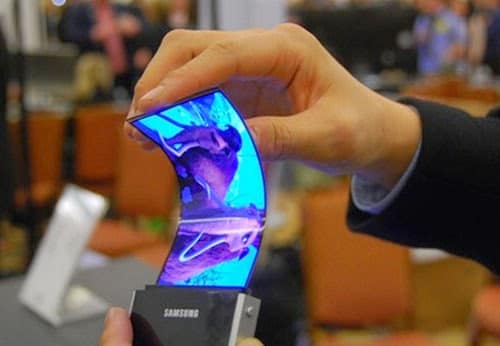Clearly, the name Samsung has marked its spot in the world, its name is not unheard of. OLED Displays are thinner, more efficient and offer better picture quality than LCD or Plasma displays. Samsung invested billions of dollars in OLED research and production facilities.
After years of research, in October 2013 Samsung announced they have started to mass produce OLEDs. Samsung are developing transparent OLEDs, but these are lagging behind flexible OLEDs. They also unveiled larger transparent display prototypes such as an OLED ‘window’ and an OLED laptop, but currently they have never actually started producing transparent OLEDs. In the future which Samsung’s display arm envisions, practically every solid surface can become a screen, and every display can be bent and folded. Thanks to this technology, not only bezels, but gadgets’ bodies themselves have become a thing of the past.
Thanks to a plastic encapsulation method, the flexible AMOLED displays can be rolled up like a newspaper and can even survive impacts with a hammer. Samsung says that they haven’t even begun to explore the possibilities that these types of displays can foster in the near future, but it’s clear that there is some really amazing potential here. An AMOLED display consists of an active matrix of OLED pixels that generate light (luminescence) upon electrical activation that have been deposited or integrated onto a thin-film-transistor array, which functions as a series of switches to control the current flowing to each individual pixel. This amazing technology is going to change the face of smartphones as we know it today. That day is not far, when we will fold up our smartphones like a handkerchief.



